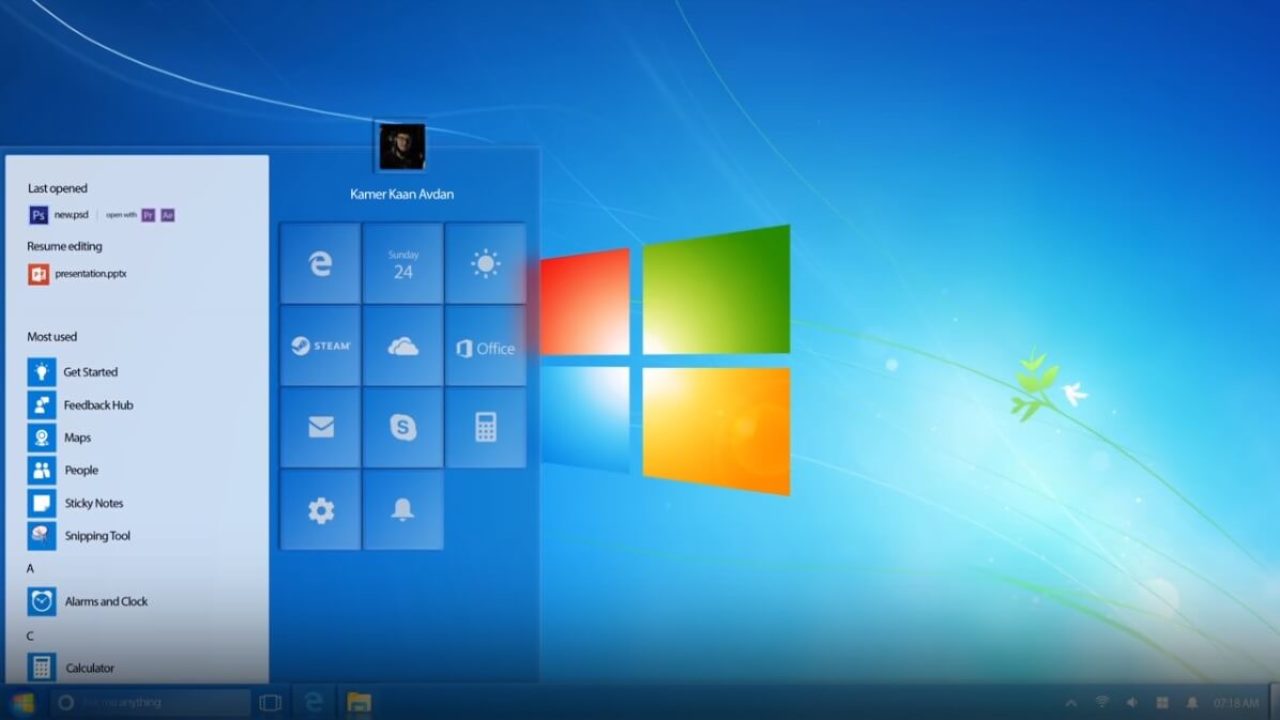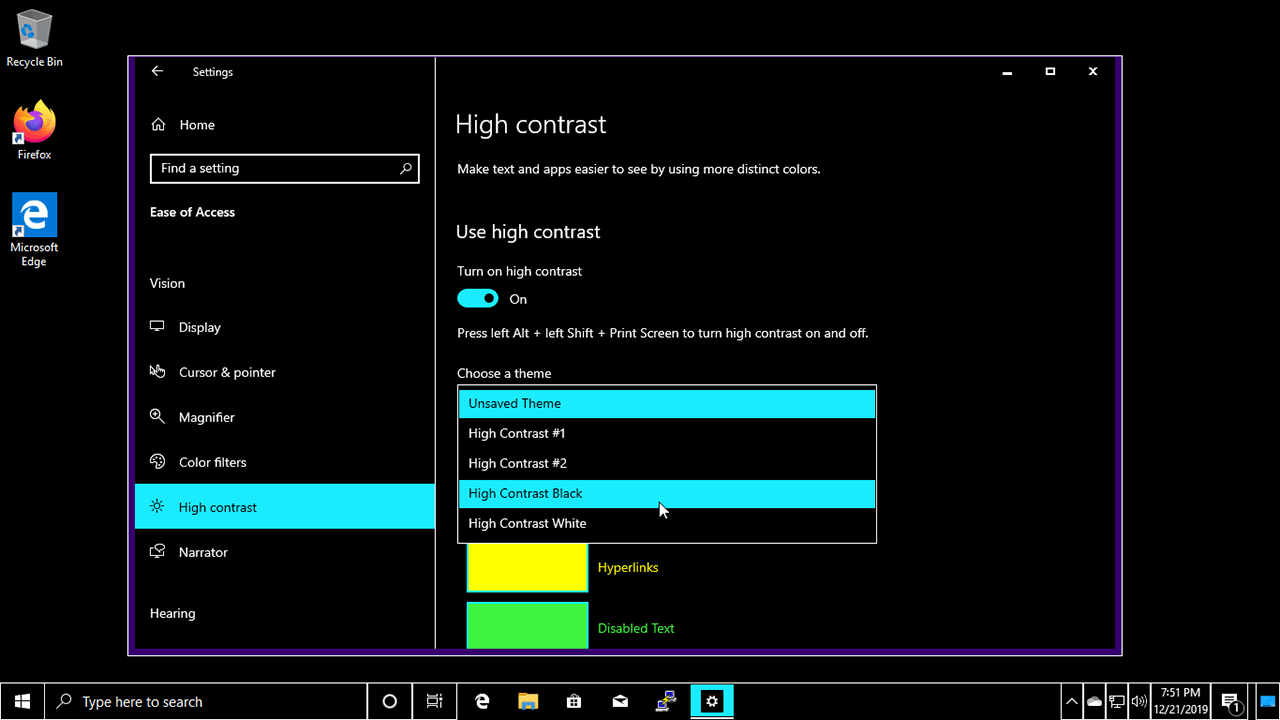To install Windows 7 on a computer using UEFI mode, you will need to start by inserting the Windows 7 installation disc or USB drive into your computer and restarting it. Next, you will need to boot from the installation media by pressing the appropriate key to enter the boot menu, which is typically a function key such as F12. Once you are in the boot menu, you will need to select the option to boot from the installation media, which may be labeled differently depending on your computer’s BIOS.
After the computer has booted from the installation media, you will need to follow the on-screen instructions to begin the installation process. This will typically involve selecting your language and keyboard layout, agreeing to the license terms, and choosing the installation type. When you reach the screen where you need to choose the installation location, you will need to ensure that you select the option to install Windows on the UEFI partition.
Once you have selected the appropriate installation location, the installation process will continue and Windows 7 will be installed on your computer. After the installation is complete, you will need to restart your computer and then follow the on-screen instructions to complete the setup process and begin using your new installation of Windows 7.
Can I install Windows 7 on a computer with a UEFI BIOS?
- Yes, you can install Windows 7 on a computer with a UEFI BIOS. In order to do this, you will need to boot the Windows 7 installation media in UEFI mode, and then select the option to install Windows on the UEFI partition during the installation process.
What are the advantages of using UEFI mode to install Windows 7?
- There are several advantages to using UEFI mode to install Windows 7, including improved boot times, support for larger hard drives, and better security features such as secure boot. UEFI mode also allows for the use of newer technologies such as high-resolution displays and faster data transfer speeds.
How do I boot the Windows 7 installation media in UEFI mode?
- To boot the Windows 7 installation media in UEFI mode, you will need to insert the installation disc or USB drive into your computer and restart it. When the computer starts up, you will need to press the appropriate key to enter the boot menu, which is typically a function key such as F12. From the boot menu, you will need to select the option to boot from the installation media, and then choose the option to boot in UEFI mode.
Can I use the same Windows 7 installation disc or USB drive to install in both UEFI and non-UEFI mode?
- Yes, you can use the same Windows 7 installation disc or USB drive to install in both UEFI and non-UEFI mode. However, you will need to select the appropriate installation mode during the installation process. When you reach the screen where you need to choose the installation location, you will need to select the option to install Windows on the UEFI partition if you want to install in UEFI mode, or the option to install on a non-UEFI partition if you want to install in non-UEFI mode.
Will my existing data and programs be affected if I install Windows 7 in UEFI mode?
- Installing Windows 7 in UEFI mode will not affect your existing data and programs, as long as you choose the option to keep your personal files and programs during the installation process. However, if you choose the option to do a clean install or to customize the installation, your existing data and programs will be deleted, and you will need to reinstall them after the installation is complete. It is always a good idea to back up your important data and programs before starting the installation process.



